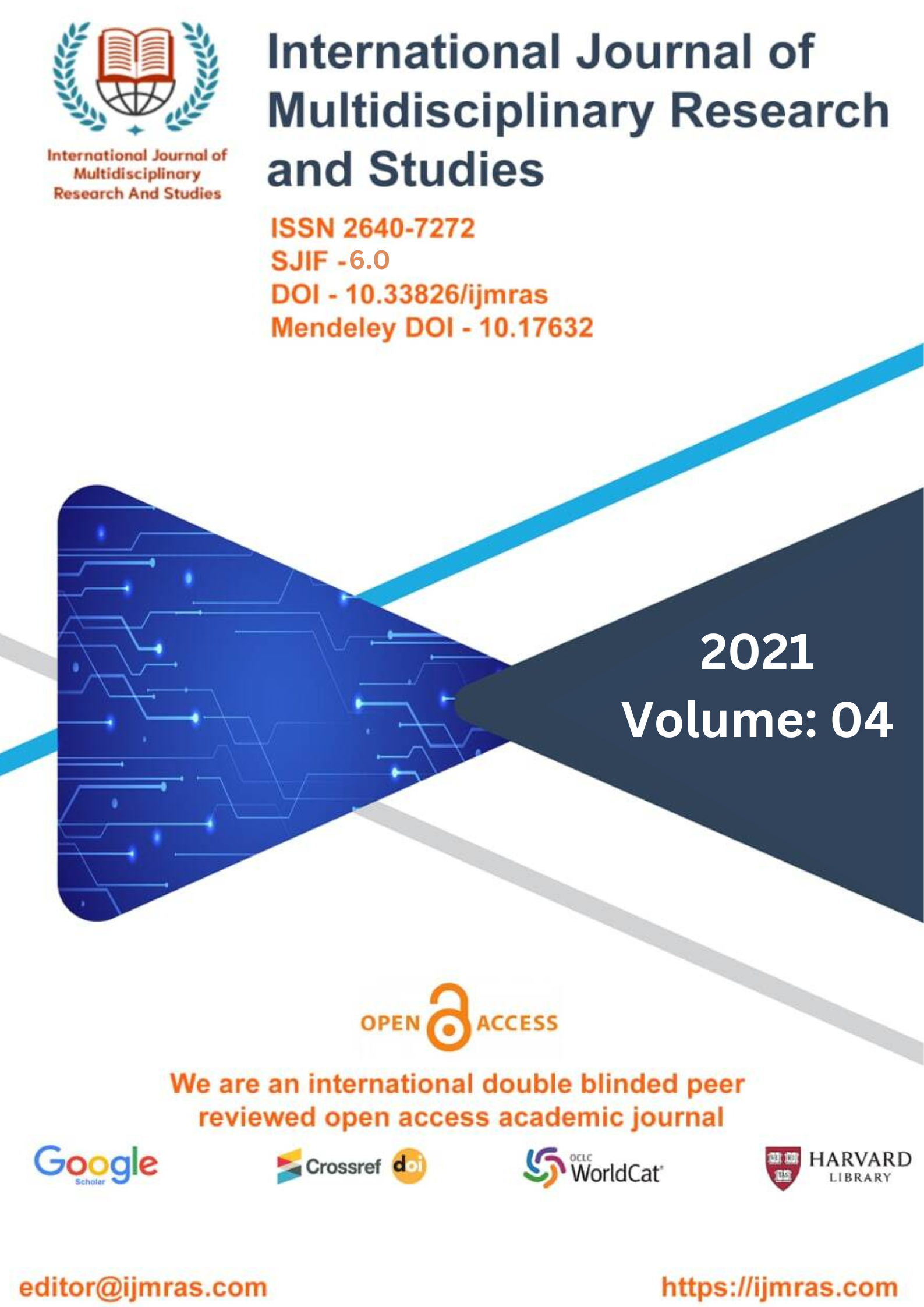IMPACT OF CASTE ON WOMEN'S POLITICAL PARTICIPATION IN INDIA

Abstract
Women make up about half of India's population and make significant contributions to human development. Women are an essential part of the development dialectics and provide both the source and the energy for development. However, massive shackles of cultural preconceptions have strengthened the rigidity of the patriarchal culture and delineates the involvement of women in the development discourse more systematically around the world. The patriarchal society reduces the opportunities for women to advance their status, particularly in countries with lower levels of education and cultures that are more conservative, such as India. In spite of the fact that there have been a large number of affirmative actions, Constitutional privileges, international treaties protection, various women's rights movements, educational development of women, and feminism driven protest against the vulnerability, significant changes have been made in educational development, economic empowerment, and social recognition to some extent but not to an adequate level. To a considerable extent, however, women's empowerment is limited to their representation in the domains of decision making and policy making. Therefore, the political participation of women became necessary to guarantee the empowerment in all of the spheres of activity and to ensure that the gender dimension of the requirements could be addressed and enacted as policies for the empowerment of women who have been subjected to humiliation and dishonour in public spheres. Not only does the Constitution guarantee women equal voting rights, but it also substantially acknowledges the contributions women have made to the country.
Keywords
caste, women, political, participationHow to Cite
References
Abdool, S., & Apale, A. (2006). Women's Political Participation in Rural India. Indian Journal of Gender Studies, 13(3), 425-450.
Ahmed, M. (2019). Changing Pattern of Women's Political Participation and Leadership: A Study of Assam. International Journal of Scientific & Technology Research, 8(12), 2650 – 2655.
Baker, C. (1976). The Congress at the 1937 Elections in Madras. Modern Asian Studies, 10(4), 557-589.
Bannerji, H. (1991). Fashioning a Self: Educational Proposals for and by Women in Popular Magazines in Colonial Bengal. Economic and political weekly, 26(43), WS50-WS62.
Deshpande, R. (2004). How Gendered was Women's Participation in Election 2004? Economic and Political Weekly, 39(51), 5431-5436.
El‐Ghannam, A. R. (2003). Analytical Study of Women’s Participation in Political Life in Arab Societies. Equal Opportunities International, 22(8), 38- 53.
Ennaji, M. (2016). Women, Gender, and Politics in Morocco. Social Sciences, 5(4), 1-8
Ghosh, B. N. (2000). Women Leadership in Gram Panchayat: Prospects and Constraints. Journal of Indian Anthropological Society, 35, 47-52.
Goetz, A. M. (2007). Political Cleaners: Women As the New Anti‐Corruption force? Development and Change, 38(1), 87-105.
Hand, M. (2015). Religious Education and Religious Choice. Journal of Beliefs & Values, 36(1), 31-39.
Hirschmann, D. (1991). Women and Political Participation in Africa: Broadening the Scope of Research. World Development, 19(12), 1679-1694.
Khattak, S. S. G., & Hussain, A. (2013). Women Representation in Pakistani Legislatures: A Study of 2002, 2008 and 2013 General Elections. South Asian Survey, 20(2), 191-205.
Kishwar, M. (1985). Gandhi on Women. Economic and Political Weekly, 20(40), 1691-1702.
Mercer, C. (2002). The Discourse of Maendeleo and The Politics of Women’s Participation on Mount Kilimanjaro. Development and Change, 33(1), 101-127.
Mezey, S. G. (1980). Current Research on Women and Politics. Women & Politics, 1(3), 49–64.
License
Copyright (c) 2021 Rekha Kumari

This work is licensed under a Creative Commons Attribution 4.0 International License.
Individual articles are published Open Access under the Creative Commons Licence: CC-BY 4.0.



